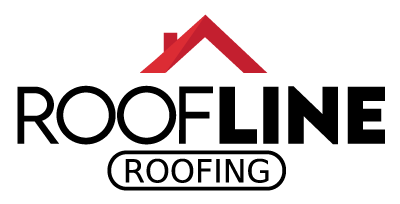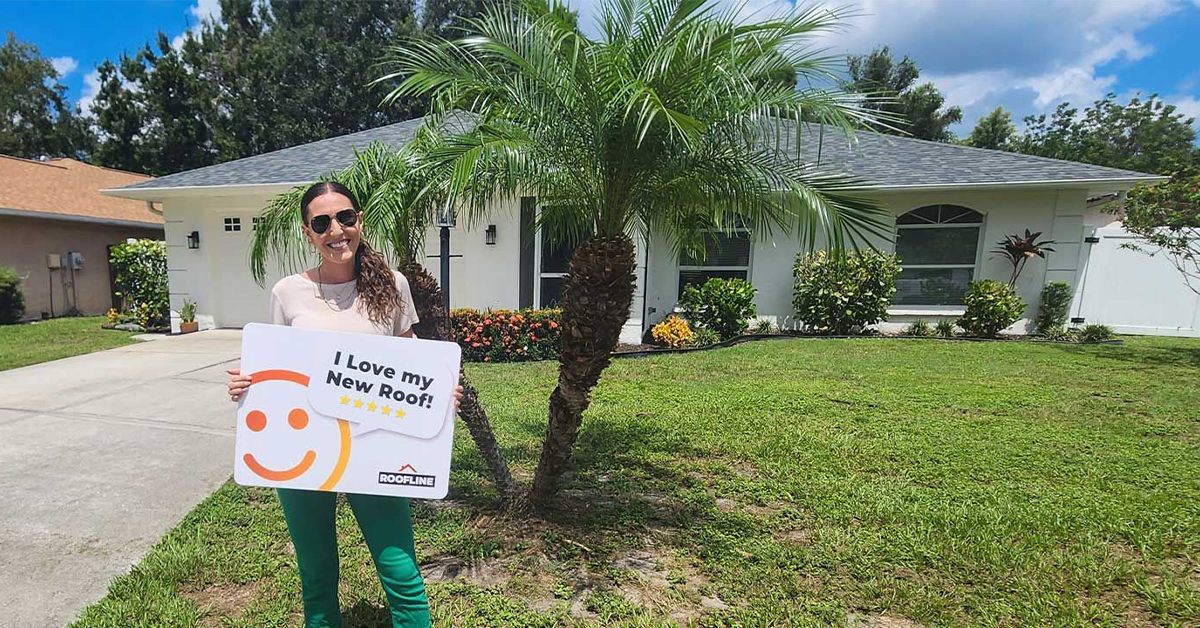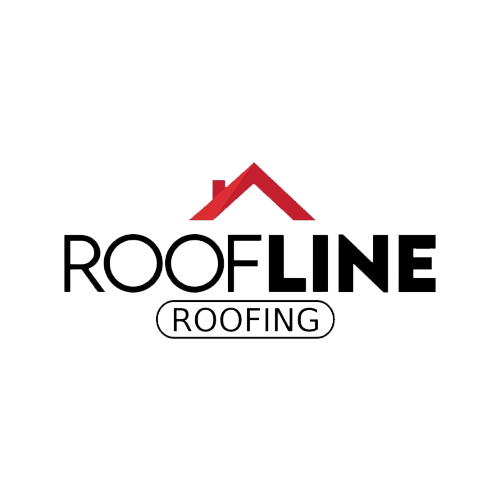
Managing a commercial property in areas like Bradenton, Palmetto, and Osprey involves choosing the right roofing system that balances durability, cost, and sustainability. Each area presents unique climatic challenges that impact roofing performance, making informed decisions critical. Understanding the interplay between upfront costs, long-term maintenance expenses, and eco-friendly solutions can significantly enhance the longevity and efficiency of your roofing investment.
In this guide, we delve into various commercial roofing options, assessing key factors like material durability against specific weather conditions, potential energy savings, and the role of maintenance in extending roof life. We’ll also touch on how sustainable roof choices not only meet regulatory demands but offer financial advantages through incentives and operational efficiencies. This comprehensive overview aims to equip you with the knowledge needed to make strategic roofing decisions that support your property’s long-term resilience and performance.
Evaluating Your Needs: Performance Requirements and Budget Constraints
Understanding the balance between performance and budget constraints is key when selecting a commercial roofing system in Bradenton. Whether you’re a business owner or a property manager, it’s important to navigate these considerations with informed choices tailored to your needs.
A successful roofing investment begins with evaluating performance requirements. Your roof must withstand specific environmental conditions unique to Bradenton, such as high humidity, severe storms, and the intense heat typical in South Florida. Various materials and designs cater to these needs, ensuring longevity and reliability. Consider materials like thermoplastic polyolefin (TPO), which offers resistance to UV radiation and chemicals. In a study published by the National Roofing Contractors Association, TPO showed a longevity of 15 to 20 years, making it a favored choice for durability and energy efficiency.
Budget restrictions shape the choice of materials and roofing systems. It’s not simply about the upfront cost. Analyze the long-term expenses, including maintenance and energy savings. Metal roofing, although costly upfront, can offer savings on energy bills due to its reflective properties, potentially reducing cooling costs by up to 25%. These savings are validated by research conducted by the U.S. Department of Energy, which highlights the effectiveness of metal roofing in reducing energy consumption in warmer climates.
For many properties, maintenance plays a critical role in your roofing system’s total cost of ownership. A joint study by the International Facility Management Association found that regular maintenance could extend a roof’s life by 30% while minimizing unexpected repair costs. Develop a proactive inspection schedule to identify minor issues before they evolve into costly repairs. This approach aids in extending the roof’s operational life, ultimately aligning with budgetary parameters.
When considering budget constraints, also evaluate your project’s feasibility with grants or financial incentives. Some local and federal programs offer financial relief for installing energy-efficient roofing systems. For instance, the Commercial Building Tax Deduction provides federal tax deductions for energy-efficient improvements exceeding current standards.
Professional assessment contributes significantly to selecting an apt roofing system. A comprehensive inspection often uncovers benefits and drawbacks unintended by an untrained eye. Certified roofing inspectors can provide reports valuing different systems’ efficiency, costs, repair history, and lifespan. This data lends power to your decision-making, ensuring your choice aligns with both performance demands and budget limits.
Sustainability is a pressing consideration that can impact both performance requirements and budgeting. Green roofing options like vegetative roofs contribute to environmental goals while offering thermal insulation benefits. Though upfront costs are high, over time, such roofs can yield energy savings and improved building efficiency. A study by the University of Michigan found that green roofs could lead to 6-15% savings in heating and cooling costs, which could become significant over a roof’s lifetime.
Bradenton’s climate heavily influences material choice. EPDM (ethylene propylene diene terpolymer) membranes offer flexibility and UV resistance, ideal for areas with wide-ranging temperatures and high sun exposure. The energy efficiency and weather resistance offered by EPDM make it a competitive option. According to a review from the Building Construction Technology Department, EPDM has been praised for its ability to withstand wind, temperature changes, and sunlight, which can be advantageous in Bradenton’s weather conditions.
A key element to remember when evaluating options is incorporating technology into your roofing solutions. With advancements such as drones for inspections and predictive analytics for maintenance scheduling, these tools help streamline maintenance operations and can minimize expensive, unforeseen repairs.
Selecting the ideal roofing system involves aligning performance goals with budget realities. By understanding material benefits, accounting for ongoing expenses beyond installation, and leveraging professional insights, Bradenton property managers can maximize their roofing investments effectively.
Exploring Options: Comparing Popular Commercial Roofing Systems
When comparing commercial roofing systems, the focus should be on durability, weather resistance, cost, and energy efficiency. Commercial roofs must withstand the unique weather challenges of Palmetto, including high winds, heavy rainfall, and intense sunlight. Understanding the options available helps property managers make informed decisions tailored to their specific needs.
One of the top contenders in commercial roofing is TPO (Thermoplastic Polyolefin), known for its cost-effectiveness and energy savings. TPO roofing has been favored for its durability and ability to reflect UV rays, reducing cooling costs significantly. According to the National Roofing Contractors Association, TPO not only offers a lifespan of 15 to 20 years but also holds up well against chemical exposure and temperature fluctuations. Such resilience is crucial in Palmetto, where extreme summer heat can impact lesser-quality roofing materials.
Another common choice is EPDM (Ethylene Propylene Diene Monomer), a synthetic rubber roofing membrane popular for its ease of installation and durability. It’s resistant to ultraviolet light and weathering from wind and hail. EPDM is recognized for its low maintenance requirements, making it an appealing option for commercial property owners looking to minimize ongoing costs. A study by the Building Construction Technology Department highlights EPDM’s capacity to remain flexible and resistant to thermal shock, a valuable attribute given Palmetto’s variable weather.
Metal roofing systems also have a strong presence in the commercial sector due to their longevity and energy efficiency. Metal roofs have a lifespan of 40 to 70 years and provide excellent fire resistance, a vital feature for any commercial structure. The reflective properties of metal roofs contribute to energy savings, with reports from the U.S. Department of Energy suggesting a potential reduction in cooling costs by up to 25%. This aspect is particularly beneficial in Palmetto, where cooling expenses can significantly impact a building’s budget.
For those interested in sustainable roofing solutions, green roofs offer both economic and environmental benefits. While the installation costs can be higher, the long-term savings in energy expenses and improved stormwater management make them a viable option. Green roofs can reduce heat transfer through the roof by 70-90% in summer and 10-30% in winter, as found in research conducted by the National Research Council of Canada. Additionally, they provide added insulation and habitat for local wildlife, contributing to Palmetto’s ecological initiatives.
In terms of budget-conscious options, built-up roofing (BUR) systems present a traditional yet effective solution. Composed of multiple layers of bitumen and reinforcing fabrics, BUR systems are renowned for their durability and water resistance. They provide excellent protection against leaks, crucial in a place like Palmetto where heavy rainfall is a common occurrence. Although the installation process can be labor-intensive, leading to higher initial costs, the longevity and low maintenance requirements make it a cost-effective choice in the long run.
Finally, modified bitumen roofing offers a hybrid solution combining the durability of BUR with the convenience of single-ply systems. This type of roofing is designed to resist heavy foot traffic and has superior tensile strength thanks to its formulation of asphalt combined with polymers. It’s particularly suited to flat or low-slope roofs often found in commercial properties. Modified bitumen has high resistance to tearing and puncturing, which can be beneficial for properties in high-wind areas like Palmetto.
Selecting the appropriate commercial roofing system involves weighing factors such as initial installation cost, maintenance, lifespan, and energy efficiency. Given the diverse range of roofing options available in Palmetto, property managers can effectively balance these considerations to find a solution that meets their specific needs. Understanding these factors ensures a sound investment of time and resources, providing longevity and sustainability beyond immediate financial constraints.
Decision Making: Balancing Cost, Durability, and Eco-Friendliness
Choosing the right commercial roofing system in Osprey requires a savvy understanding of cost, durability, and eco-friendliness. With a variety of options available, balancing these priorities can significantly impact your property’s long-term success and profitability. Making informed commercial roofing decisions starts with a clear assessment of each factor.
Cost is a fundamental aspect that often influences decision-making. Short-term budget constraints shouldn’t overshadow consideration for long-term savings. An initial price tag can be deceptive if ongoing maintenance and energy expenses are not factored in. For instance, TPO roofing might have moderate upfront costs, but its UV-reflective properties can lead to substantial savings on cooling costs, ultimately proving more economical over its lifespan. Additionally, grants and incentives for energy-efficient installations may further alleviate initial financial outlays.
Durability is equally crucial, especially in Osprey’s challenging climate. Roofing materials must be capable of withstanding high winds, heavy rain, and intense sun exposure. Metal roofs offer exceptional longevity, with potential lifespans of up to 70 years, as well as excellent weather resistance. Their robust nature and minimal maintenance needs make them a popular choice for commercial properties seeking a resilient option. EPDM may also appeal due to its elastomeric properties, providing flexibility and resistance to varied weather conditions.
Eco-friendliness is an increasingly important consideration as businesses aim to align with sustainability goals. This can be achieved without compromising functionality or budget. Green roofs represent an attractive option, combining ecological benefits with building performance improvements. They aid in managing stormwater, enhancing insulation, and even supporting local biodiversity. Despite higher initial costs, the energy savings and contribution to environmental initiatives can significantly outweigh these expenses over time.
Incorporating green technology into roofing plans is another way to address sustainability while managing cost and durability. Solar panels are increasingly integrated into roofing designs, effectively reducing a building’s carbon footprint and providing an additional energy source in sunny climates like Osprey. These installations can seamlessly combine with metal roofs, known for their strength and reflective properties.
Professional guidance informs your decision by offering a comprehensive understanding of both the financial and technical aspects of roofing options. Comprehensive inspections unveil potential savings or issues that might not be apparent to the untrained eye. These insights ensure your roofing system aligns effectively with your cost, durability, and sustainability goals.
Striking a balance between these factors is essential for an enduring investment. The benefits of such consideration reverberate beyond immediate financial constraints, ensuring long-term satisfaction with your commercial roofing choice. While cost remains a driving influence, embracing durability and eco-friendliness can redefine value in the context of your property’s broader ambitions.
You might be asking
What factors should be considered when selecting a roofing system?
When selecting a roofing system, consider factors like climate and weather conditions, building design, budget, and potential energy savings. Your building’s location and local environment can influence the durability and longevity of the roofing materials. The structure and layout of the building itself may also dictate certain types of roofing systems. Additionally, it’s essential to balance initial costs with long-term performance and maintenance requirements.
How does building purpose influence roofing system selection?
The purpose of a building significantly impacts the choice of a roofing system. For example, a warehouse may prioritize durability and cost-effectiveness, while a retail space might focus on aesthetics and energy efficiency. Consider whether the building is used for manufacturing, storage, or offices, as this will affect factors such as insulation needs and noise reduction requirements. The roofing system should accommodate the specific functional demands and operating conditions of the building.
What are the latest trends in commercial roofing systems?
Recent trends in commercial roofing systems include the growing use of eco-friendly materials and technologies. Green roofs, which incorporate vegetation to improve insulation and manage stormwater, are becoming more popular. Cool roofing solutions that reflect more sunlight and absorb less heat are also gaining traction for their energy efficiency benefits. Additionally, advanced roofing technologies such as solar integration and improved membrane systems are making roofs more sustainable and performance-oriented.
Next Steps
Investing in the right roofing system is not merely a matter of initial costs but involves a strategic assessment of long-term benefits, including durability, energy savings, and sustainability. Material selection, financial feasibility, and proactive maintenance plans can significantly enhance the functionality and lifespan of your roof, ensuring it meets both your present needs and future goals. Incorporating professional advice can further refine your decision-making process by highlighting unforeseen advantages and potential pitfalls.
Take a step toward securing your property’s future today. Leveraging Roofline Roofing’s expertise through a free consultation can guide you in understanding the nuances of your personalized roofing needs, providing a tailored approach to optimizing performance and budget. Explore your options and discover a roofing solution that not only meets but exceeds your criteria for quality and efficiency. Contact us to schedule your consultation and get started on your path to a smarter roofing investment.
Contact Us
Use the form below to contact us or to schedule a free consultation.
I would highly recommend Roofline Roofing for any roofing needs. As a fellow business owner, their professionalism and efficiency stood out. They provided quality service, completed the job on time, and their pricing was fair. Very satisfied with their work!
-- Logan L.




